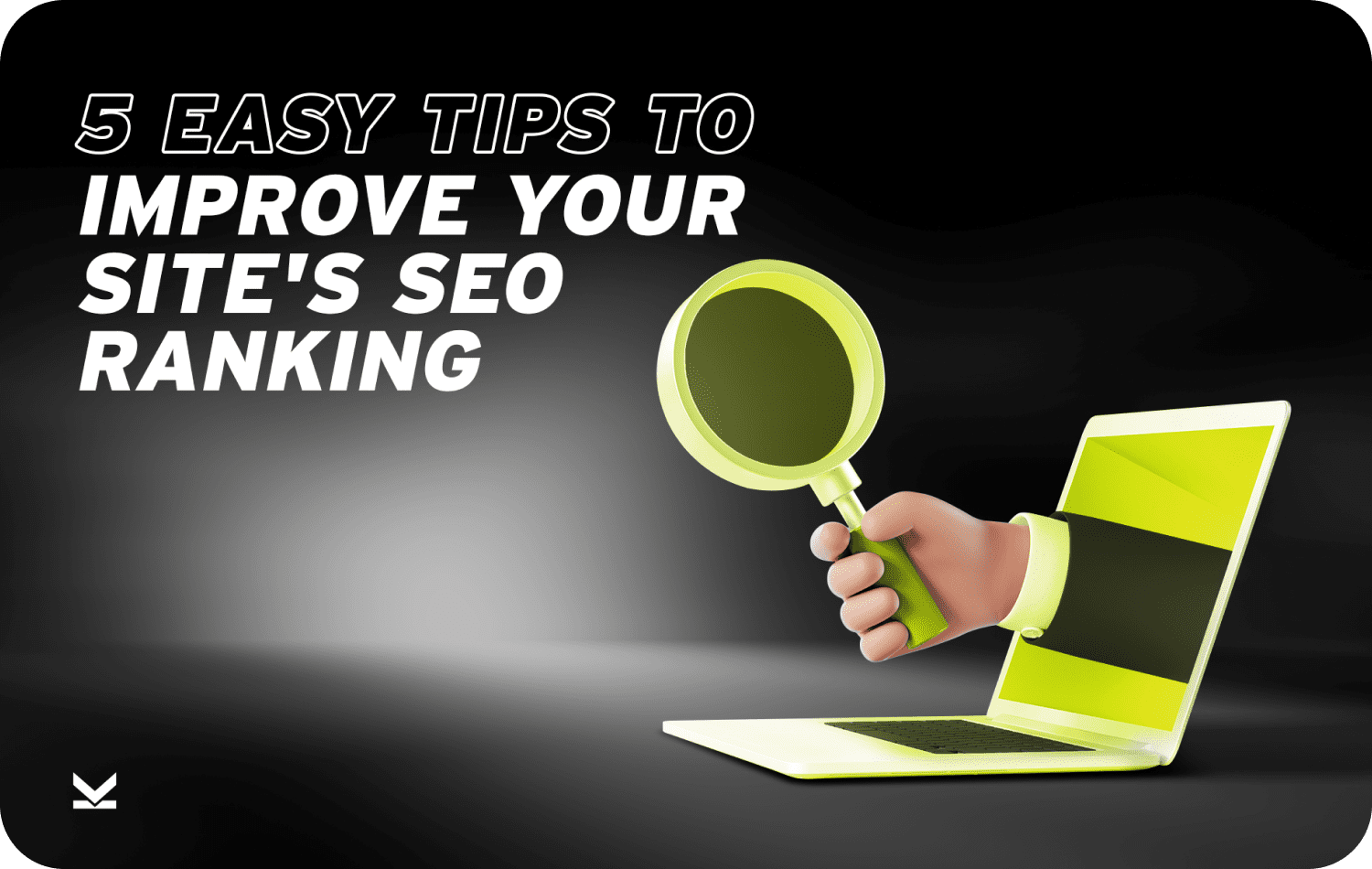Traffic & Conversion Summit was back in person this year, and our team that attended learned new digital marketing strategies, tips, and insights into how the world of digital marketing is (seemingly always) rapidly changing and how to prepare for it.
There was plenty to take away from this event. Y0u had some of the industry giants give compelling talks such as Ryan Deiss (CEO of DigitalMarketer.com), Marie Forleo (marieforleo.com), Chip Wilson (Founder of LuluLemon), and Magic Johnson to name a few!
Together, we collaborated and rounded up the 10 best takeaways from T&C 2021 and condensed them into a quick-hitting list that you can read to be better prepared for the year ahead.
Let’s dive in.
#1 Not All Data Is Created Equal
As more and more regulations and tracking updates are released, attribution becomes more important every day.
Especially first party attribution. This first party data is the future of digital marketing, and should be a focus for every business owner and marketer.
What is first party data? This refers to data that you are collecting directly from your customers yourself. This could be things such as name and email, phone number, purchase history, etc…
#2 Validate Your Assumptions BEFORE You Launch
It’s easy to fall in love with an idea — especially if its our own. That’s why validating your idea before you launch is so important.
You must validate product-market fit before spending any money on paid traffic.
Make sure your product or offering is WANTED, and that you don’t just have a bunch of friends telling you “great idea.” Test to your own established audience first and see if they’ll put dollars behind it. If an already warm audience won’t pay for it, what are the odds a cold audience will?
#3 Email Still Reigns Supreme
Email is STILL the most underutilized marketing channel available to business owners today.
It’s still the #1 revenue generator for online marketing, and with the way that attribution regulations and pixel tracking changes are going, generating email leads and properly utilizing those leads is more important than ever and should remain a priority for your business.
Check out our recent blog on why Email Marketing is Still King.
#4 Value Creates Value
Capturing those emails means giving leads a reason to follow you off the ad platform and to the inbox.
By providing value in advance, you’re building a relationship. And the more they know, like, and trust you, the more valuable those email addresses become.
Don’t be afraid to give away valuable content. It’ll have those leads wondering what they get when they sign up for the paid stuff!
#5 Scaling Means Structuring
Your growth is limited by your marketing infrastructure. To be able to scale, it’s critical you implement that infrastructure in phases in order to push forward.
These are things like site speed, stability, and security, as well as email sends, processing, and servers.
Anything that changes based on more users requires advanced considering and structuring.
#6 Permission. Permission. Permission.
Again, this comes back to pixel tracking and data attribution. We all need to double down on permission based marketing such as SMS, Messenger, Email, and push notifications because these marketing channels are not reliant on pixel tracking.
Once you are given permission to communicate with these channels, you’re good to go. And it’s easier to communicate with leads you’ve already talked to than keep figuring out new ways to retarget them with new regulations.
#7 Snappy eComm Advertising
eCommerce tends to be a little different than standard digital marketing. If a product is catchy enough, it can get sales instantly through ads.
This is especially true on Snapchat. If you’re not already on it, your eCommerce brand should be advertising on Snapchat in addition to Facebook.
#8 The Sale is Just The Start
Sales and onboarding flows are just as crucial as front-end marketing.
It’s not just about ROAS, it’s about LTV and ROI. Businesses who focus only on getting the sale are missing out on opportunities to sell to loyal buyers.
Put a focus on your onboarding process and make sure your new customers feel welcome and engage with your services to keep them warmed up and buying for the long term.
#9 Multiple Steps, Multiple Channels.
Your business should use Omni-Channel marketing to serve EVERY stage of the customer value journey.
Whatever channels they’re on, you should be on. Interact with customers and leads, don’t just pitch them. The goal should be to create a consistent brand experience leading to a better customer experience overall.
This creates a truly “holistic” marketing funnel that accounts for users wherever (and whenever) they are in the funnel.
#10 Marketing Principles > Marketing Tools
Tools come and go, but the strategies behind the tools remain the same. Instead of focusing on which ESP to use, develop a nurture sequence and engagement strategy for how to onboard those leads and get them opting into new offers or just actively engaging with your content.
If you rely on tools too heavily and those tools suddenly change, you can find yourself up a creek with no paddle. But if you focus on the principles behind your marketing, you’ll always find the tools you need to get the job done.




